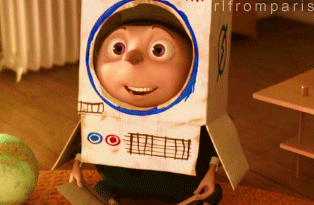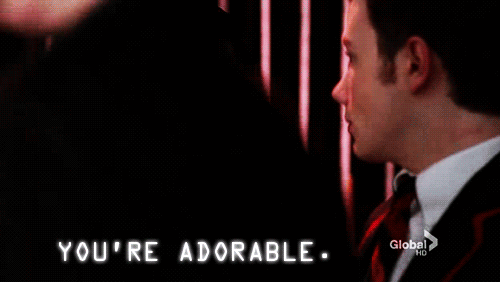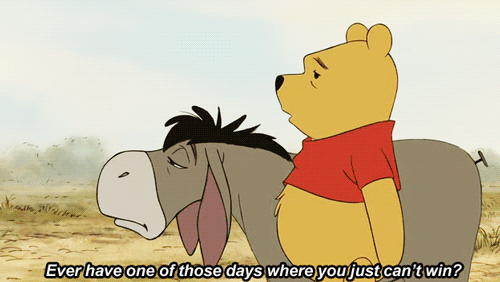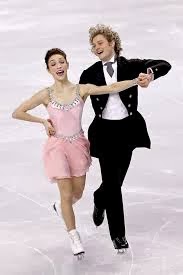Figure skating needs a reality TV show. You know to pitch a show in televisionland you have to do it in a single sentence. Here it is:
MYTHBUSTERS ON ICE
1. This is about the science of figure skating, and how science actually works in skating.
2. Adult skaters: Two men, two women. Preferably, each with some kind of science, engineering or mathematics background. The skaters drive the show, and need to be sciency smart, witty and funny.
3. Some coaches: The coaches, actually coach and are there to be real coach, but also to provide insights into competitions, presentation, skating culture, and skating skills and to put skaters on the ice for comps and test.
Rules: No eliminations. Skaters are working towards, say, ISI Nationals or Worlds. They prepare during the show and they go. Their scores are what they get. No fake competitions. No screaming at the skaters by the coaches.
Why ISI? Because there's a really much wider category of programs in ISI. I mean, we want to make the show funny but realistic. Not everyone is going to skate at the top most level. And ISI has a really cool 'good sportsmanship' oath.
Each skater gets highlighted in one show to lead the topic. However, during the show, everyone has a few minutes on screen to work on their skills with a coach or cover a side topic. Ribaldry and hilarity follow. Think of it as a cascade, as each program is created, its topic keeps popping up in the programs that follow, so by the end the show has actually become quite complex.
And the individual shows are like this:
The science of ice manufacture. Why figure skating ice is different than hockey or curling ice. One of the skaters learns to drive the zamboni. A visit to Disney on Ice to learn how to skate in one of their show costumes and how they set up the arenas. Possibly a short segment that involves people bitching about their boots and their modifications.
Program design: One of the skaters gets to meet with their Dream Choreographer and they go through the rules for the program in the manual and create a program. Another skater gets to go to Disney on Ice and learn how they build their big multiperson programs.
Costumes: This is actually a complex topic. The effect of color: bright lights, white surface, the skater's natural coloration on costume color. The need for stretch material. The need for makeup to keep the skater from being washed out. How the costume needs to support the program. Why skaters use sparkles. One skater gets to meet with their Dream Costume designer for a dream design, but has to make it on his or her own. Another skater can go to Disney on Ice and talk about how they build their show costumes.
Props: Not allowed in USFSA, but sometimes required in ISI. And you have a time limit to set it up. Lot of opportunity to watch people build props, that fall down during program practice. You've heard me say it before, "It's not an ISI program unless it involves a Dremel tool."An opportunity to see how Disney on Ice makes props.
Practice and Competition: The final show would consist of two sections. Each skater's program is sho side by side with how they skated it the first time and then after lots of practice and coaching. Then they go to Nationals and see what happens there.
Segments that can be fitted in here and there.
Dream Coach: One or two skaters get a lesson with their Dream Coach.
Backstage:
If the opportunity is available, one or two skaters could go backstage at a National
USFSA competition with an escort from USFSA. Not to interview skaters,this would be about what goes on behind the scenes: the tossie
wranglers, the gate guards, the ice resurfacers, the team captain. Or
go behind the scenes at Disney on Ice.
What would make this show would be the personality of the skaters and the coaches. They need to be funny, and yet able to instruct and solve problems (the prop and costume segments might involve group efforts--group stoning!)






































